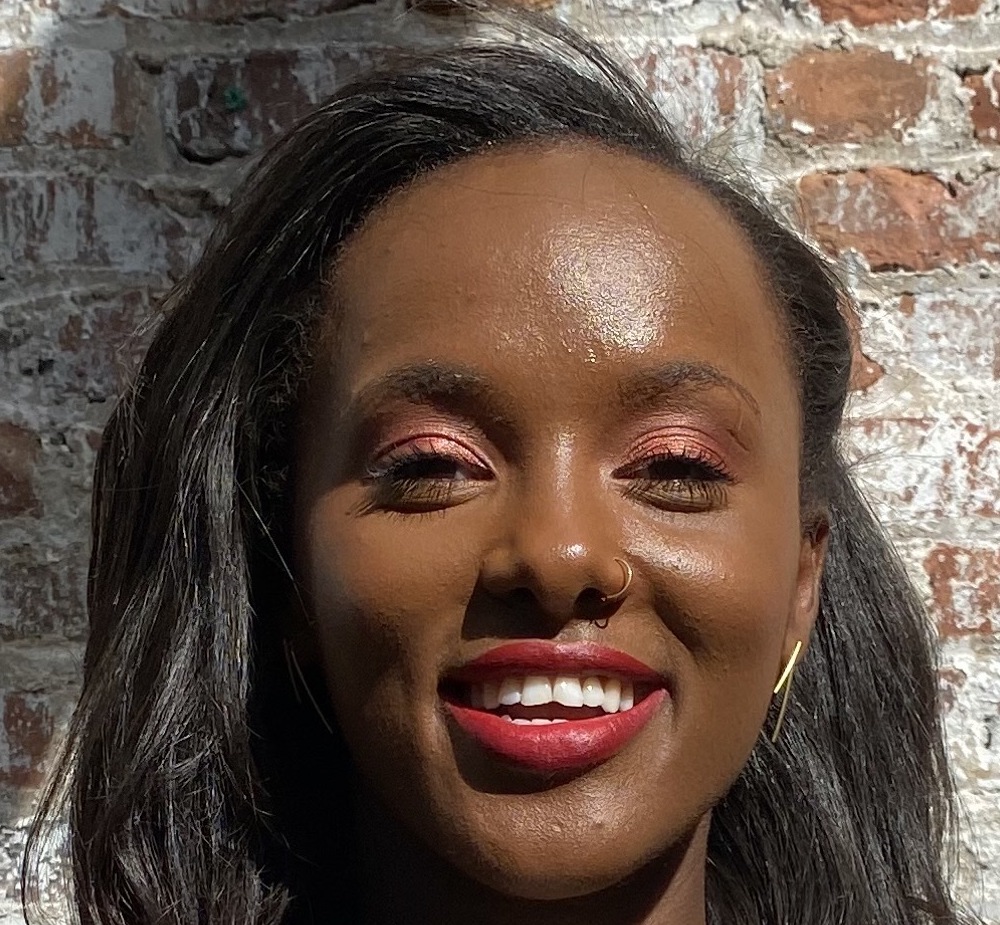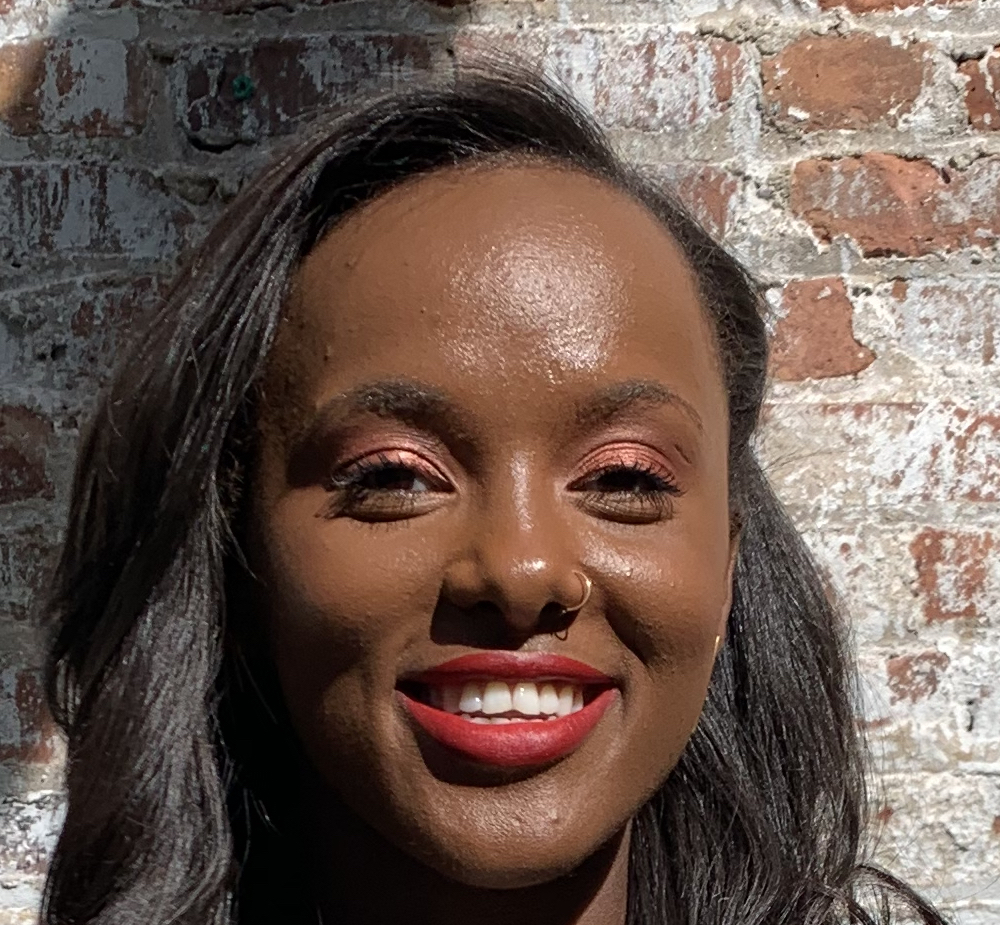This is one of the simplest reviews I’ve ever had to write: the iPhone 11 is the phone most people who are upgrading to a new iPhone this year should get. It’s an excellent phone, with one of the best cameras I’ve ever seen on a smartphone and terrific battery life. Apple’s also dropped the price by 50 bucks: the iPhone XR started at $749, but the iPhone 11 starts at $699.
None of this means the iPhone 11 is a perfect phone or that it has all of the best specs and features you can get. It doesn’t. But it’s great where it counts, and it’s totally fine everywhere else. If you want to live on the bleeding edge of tech, you can spend $300 more and get an iPhone 11 Pro, which I also reviewed this week, or look at one of the many high-end Android options available. But most people don’t need to overthink it: just get an iPhone 11. You’ll be happy.
Here’s why.
The iPhone 11 is basically an S update to last year’s very popular iPhone XR. From the front, it looks exactly the same. It has the same design, the same 6.1-inch 720p LCD with fancy rounded corners, the same giant bezels, and the same aluminum body.
But that design has been made slightly better: the water resistance is a little better, and Apple says the glass on front and back is a little stronger. The camera bump on the back is now milled right into the glass, which is kind of neat, but it’s still a camera bump. The whole design remains a little surfboard-y, and it’s definitely not small. If you’re looking to upgrade from an iPhone SE, this thing is going to feel huge.
If you’ve been holding off upgrades and aren’t familiar with the iPhone XR, here’s a quick catch-up: the iPhone XR was the lower-cost model in Apple’s 2018 line of iPhones, swapping in an LCD screen for the OLED in the iPhone XS. It also had one fewer camera, but, critically, Apple didn’t skimp anywhere else — plus the battery life was stellar. Despite not having the best specs, it was the best iPhone for most people, and it quickly became Apple’s best-selling model. That’s probably why this year’s XR upgrade is just called the “iPhone 11.”
The only major differences between the iPhone XR and the iPhone 11 are the cameras, the slightly better battery life, and the processor. There’s a bunch of other little things we’ll get to, but that’s what you really need to know. Let’s start with the battery.
:no_upscale()/cdn.vox-cdn.com/uploads/chorus_asset/file/19206371/akrales_190914_3628_0262.jpg)
Apple says the iPhone 11 will last for an hour longer on its battery than the iPhone XR, which already got tremendous battery life. But the only hard battery life numbers Apple publishes now are fixed tests of single actions, like video and audio playback on a loop. That’s not how anyone really uses a phone, and Apple’s claims of improved battery life over the previous phone aren’t really based on those tests. Instead, the company takes a huge dataset of real-world iPhone usage and runs it against a model of the new phone that accounts for the various processor, chipset, display, and OS power improvements and the larger battery capacity.
It’s clever, but there’s no way for reviewers to repeat and verify that test. But in our tests, the iPhone 11 easily lasted a full day at a time and then some. It’s possible you could manage to kill this battery in less than a day, but you’d have to really try. The battery life is great, just like the iPhone XR’s battery life was great.
Last year, the iPhone XR regularly beat out the XS models in battery life, but this year, that gap has closed a bit with the iPhone 11 Pro models. The iPhone 11 is still on par or better, but it didn’t get as big of a jump in battery life as the Pro models did.
What’s less great is the fact that Apple is still putting its ancient 5W charger in the box, even though the iPhone 11 Pro has an 18W USB-C fast charger. If Apple isn’t going to update the entire line to a fast charger, it should just do the environment a favor and stop putting the 5W charger in the box entirely; there are literally billions of them in the world, and odds are, you have more than one in a drawer already. I’d have rather seen a 3.5mm to Lightning headphone adapter in the box instead.
:no_upscale()/cdn.vox-cdn.com/uploads/chorus_asset/file/19206336/akrales_190913_3628_0207.jpg)
The other meaningful update to the iPhone 11 from the iPhone XR is the camera, and I think it’s a massive step forward. I was not a fan of Apple’s Smart HDR cameras on the iPhone XS and XR, but the iPhone 11 is a huge improvement, and it makes older phones like the iPhone X and iPhone 7 look downright bad.
Apple added an ultra-wide f/2.4 camera to the back of the phone, improved the sensor for the main f/1.8 camera, and updated the front camera to a 12-megapixel sensor with a slightly wider field of view in landscape and the ability to take 4K60 video. Apple’s Smart HDR system has also been improved, and there’s a new Night mode. These are all the same cameras and features as the iPhone 11 Pro, minus a telephoto, and the results are just as good. (I’ve used shots from the iPhone 11 and iPhone 11 Pro interchangeably for these comparisons; Apple tells me that they should perform exactly the same.)
These image sliders are all cropped in to show detail in the photos — there are some minor differences to get the sliders to align. You can check out a much deeper camera comparison in our iPhone 11 Pro review as well — the camera systems are identical apart from the tele lens on the Pro.
I started the iPhone 11 Pro review with an easy shot in bright sunlight, so let’s start this review with a torture test: here’s the iPhone 11 and Pixel 3 in night modes and zoomed in (even though neither has a zoom lens). The iPhone XR would basically fail at taking this photo, while the iPhone 11 holds its own against the Pixel 3.
Here’s another photo that the XR would fail to capture well. The iPhone 11 captures the right light and detail so much better than the Pixel. And the Pixel often looks unnatural by making things much brighter than reality, which happened again here.
Apple’s Smart HDR system is a lot smarter this year. It’s more willing to blow out highlights, it keeps shadows dark, and it can recognize faces and hair and apply different processing to them — a feature Apple calls “semantic rendering.” There’s also obviously less noise reduction going on. I think this shot of Mariya really tells the whole story: look at how blurry and soft the XS photo is compared to all the detail for the 11 Pro.
Oddly, the iPhone XR did a better job in some portrait mode situations, even though the iPhone 11 has a second lens to generate a real depth map, while the XR has to do it all in software. The iPhone 11 just straight up whiffed on Dieter’s glasses here, but the XR is fine. I asked Apple about it, and the response was surprise. I was told the team spent a lot of time on glasses this year. We’ll have to see if this improves over time.
In general, I think more people will definitely appreciate the addition of the ultra-wide lens over a tele lens. It’s just a really fun thing to play with. But the ultra-wide sensor is smaller and it has a slower lens, so it takes far worse photos (especially in low light) than just backing up and using the main camera. So while Apple’s camera app makes both cameras feel equivalent, I’d still recommend using the main camera and just backing up if possible. You’ll get a higher-quality photo in the end. Instead, think of the ultra-wide as more of an artistic choice, something that can give you a different or more interesting look, but not necessarily a “better” photo.
I was also extremely impressed with the iPhone 11’s video capabilities. All three cameras can take 4K60 now, and if you record in anything less than 60 frames per second, you can switch between the wide and ultra-wide lenses with no color shifts or exposure changes, which is impressive. The only Android phones that compete with Apple in video are from Samsung. But Apple’s still ahead, and the gap is getting wider.
As mentioned, we spent a ton of time testing photo and video in our iPhone 11 Pro review, including a deep dive into video, so if you want more, go check it out there. But I think the iPhone 11 cameras are so good that they’re worth a year-over-year upgrade from the XR; I don’t usually say that.
:no_upscale()/cdn.vox-cdn.com/uploads/chorus_asset/file/19206339/akrales_190913_3628_0277.jpg)
There’s really not that much to say about the iPhone 11’s display: it’s the same Liquid Retina LCD as last year, with the same specs, the same off-axis color shift, and the same thick bezel. “Liquid Retina” is just Apple’s fancy name for how it curves LCD corners with microscopic apertures. This is a 326-dpi 720p LCD, and it looks like one. It simply doesn’t have the deep blacks of an OLED display, which means the new dark mode in iOS 13 doesn’t look as good as it does on the iPhone 11 Pro, and it’s definitely lower resolution than the Pro phones.
The good news is that Apple makes great LCDs, and this LCD is great. Unless you really, deeply care about displays, it’s more than fine. Last year, I said the only reason to spend $250 more on the iPhone XS over the XR was the display, and I feel the same way this year — only now, it’s a $300 jump. It’s definitely worth it to me, but I recommend looking at them to decide for yourself. I would bet most people won’t be able to see a meaningful difference.
The iPhone 11 now has “spatial audio,” which Apple tells me is a virtual surround decoder that mostly supports Dolby formats, although it seems like games can use it without Dolby encoding as well. Spatial audio supports 5.1 and 7.1 surround — Netflix will play in Dolby Digital 5.1 — and it also supports Dolby Atmos in movies from the iTunes store, which is a little silly for stereo speakers, but it’s there. I don’t know if any phone will ever deliver actual surround sound, but the iPhone 11 is definitely trying. And if you really want to believe sound is coming from all around you while you watch Netflix in bed, who’s to say it’s not? Look into your own heart and decide.
:no_upscale()/cdn.vox-cdn.com/uploads/chorus_asset/file/19206346/akrales_190913_3628_0412.jpg)
Like the iPhone 11 Pro, the iPhone 11 also has Apple’s new A13 Bionic processor, which is both more powerful and efficient than the A12 Bionic in the iPhone XR. It’s plenty fast. Although the A12 Bionic was plenty fast, too, and I couldn’t tell you I noticed some huge performance difference between the 11 and the XR. I suspect iPhone 11 owners will likely hang on to their phones a little longer than people who rush out and buy the Pro phones, and that’s where all this extra processor performance will really come into play. These phones have enough headroom to last and run the latest software for a long time, if Apple’s previous history is any guide.
Face ID is slightly improved from the iPhone XR, but it’s another thing you might not even notice. It’s just a little faster than before, and it works from a slightly larger range of angles. I’ve come to really like Face ID, so any improvement is welcome, especially if it encourages people to secure their phones.
The iPhone 11 also has Apple’s new U1 positioning chip in it, which uses an ultra-wideband radio to precisely locate the phone in relation to other U1 devices — eventually. The only promised use of this chip is that it will eventually AirDrop a little easier, but it doesn’t do anything right now. That feature will come with iOS 13.1, which is scheduled to ship at the end of the month.
:no_upscale()/cdn.vox-cdn.com/uploads/chorus_asset/file/19206352/akrales_190914_3628_0074.jpg)
And that brings me to iOS 13, in general, which… is pretty buggy on all my iPhone review units so far. Verge executive editor Dieter Bohn says he’s had problems on his iPhone 11 review unit as well. I’ve seen some weird glitches and app crashes during my testing, and I’ve had to restart a couple of times to get things back on track. Apple told me some of these things will get cleaned up in iOS 13.1. But if you’re currently happy with your phone, I would not rush out to upgrade until we know iOS 13 has settled down, which should be soon enough.
Assuming Apple cleans up the rough edges of iOS 13, it’s basically a bunch of small updates to iOS 12 that make things a little cleaner and simpler: there’s a dark mode now, the share sheet is a little nicer, the photos app is a little more engaging, Reminders has been redesigned, and you can swipe to type on the keyboard now.
It’s a bunch of stuff like that. But if you have any other recent iPhone, you’ll be getting all of it shortly as well. We’ll have a full iOS 13 review when it arrives, so keep an eye out for that.
:no_upscale()/cdn.vox-cdn.com/uploads/chorus_asset/file/19206365/akrales_190914_3628_0216.jpg)
So, is it worth upgrading to the iPhone 11? If you’ve got an iPhone older than the XR and you’re looking to upgrade, I think the answer is yes. The camera is substantially improved, and you will get vastly better battery life than anything aside from a XR. That’s what most people care about, and Apple has really delivered here.
I’d only spend the extra money on the iPhone 11 Pro if you really care about the display. I don’t think you’re missing out on much by not having a telephoto camera lens, to be honest. I personally care quite a bit about displays, so I’m getting a Pro, but I think most people will be very happy with the iPhone 11.
That is, after Apple cleans up iOS 13.
Vox Media has affiliate partnerships. These do not influence editorial content, though Vox Media may earn commissions for products purchased via affiliate links. For more information, see our ethics policy.
https://www.theverge.com/2019/9/17/20869456/apple-iphone-11-review-camera-price-budget-battery-screen-size-features
2019-09-17 10:00:00Z
CAIiEGd5MJdN75DKGozJq0WY1JEqFwgEKg4IACoGCAow3O8nMMqOBjCkztQD
Bagikan Berita Ini



















0 Response to "Apple iPhone 11 review: the phone most people should buy - The Verge"
Post a Comment